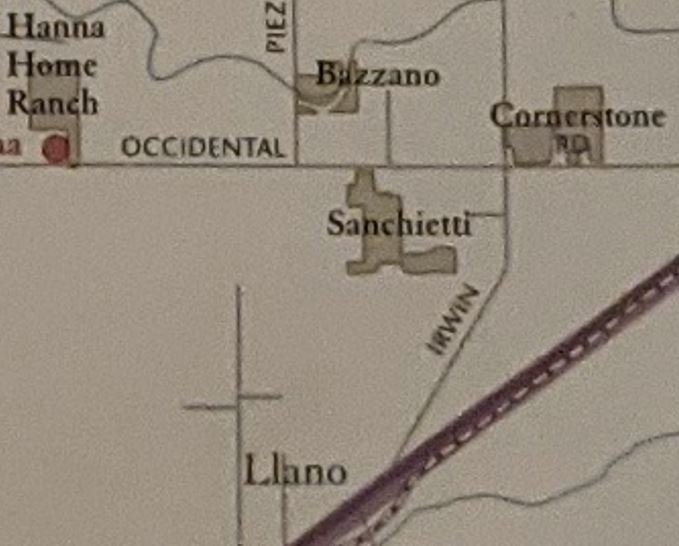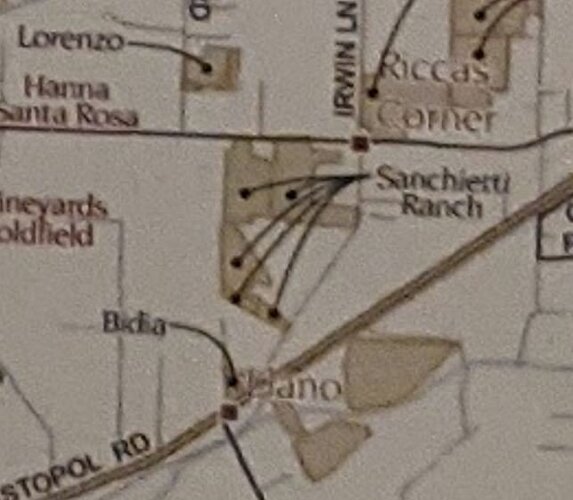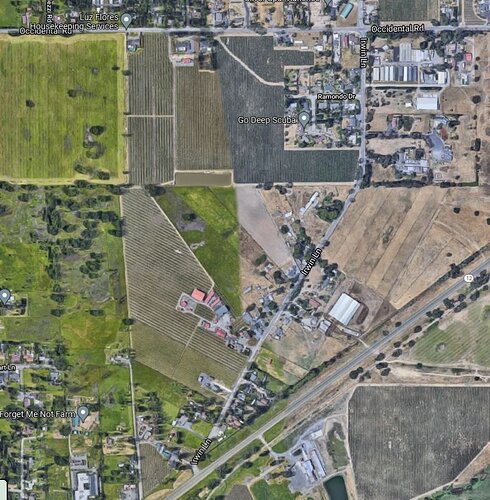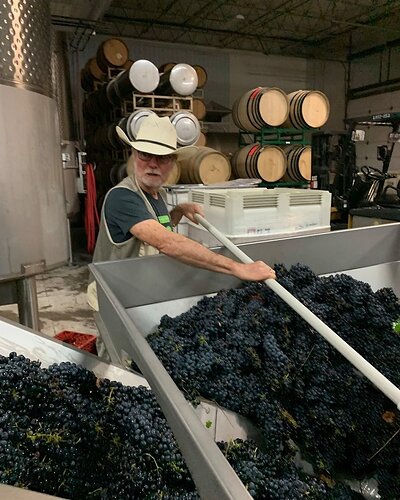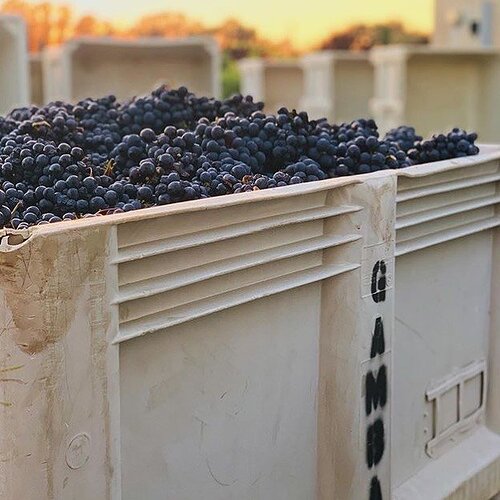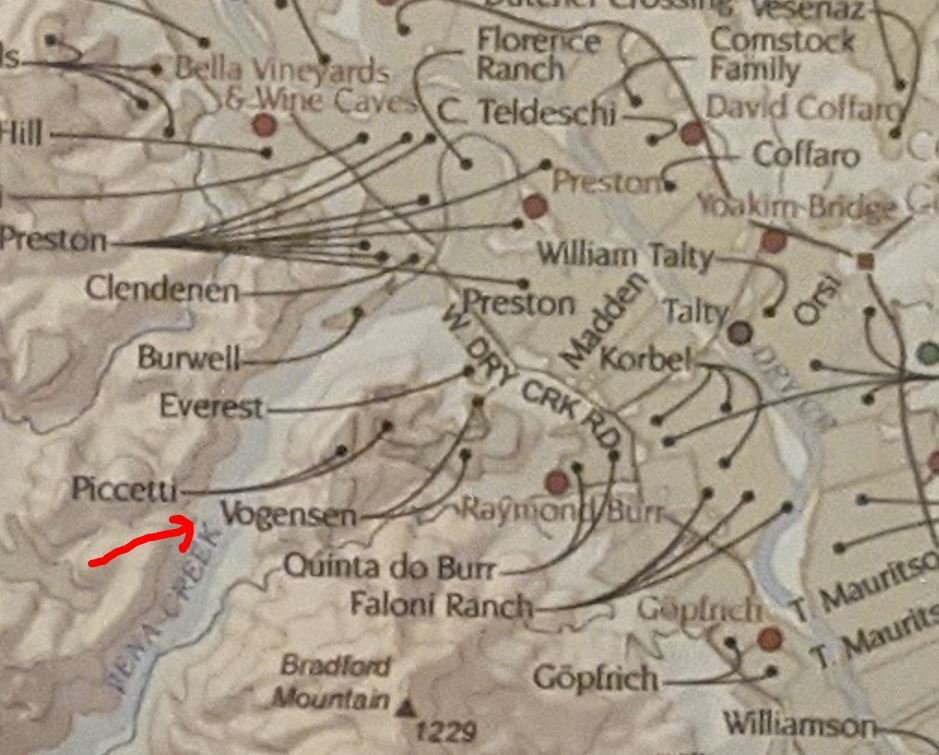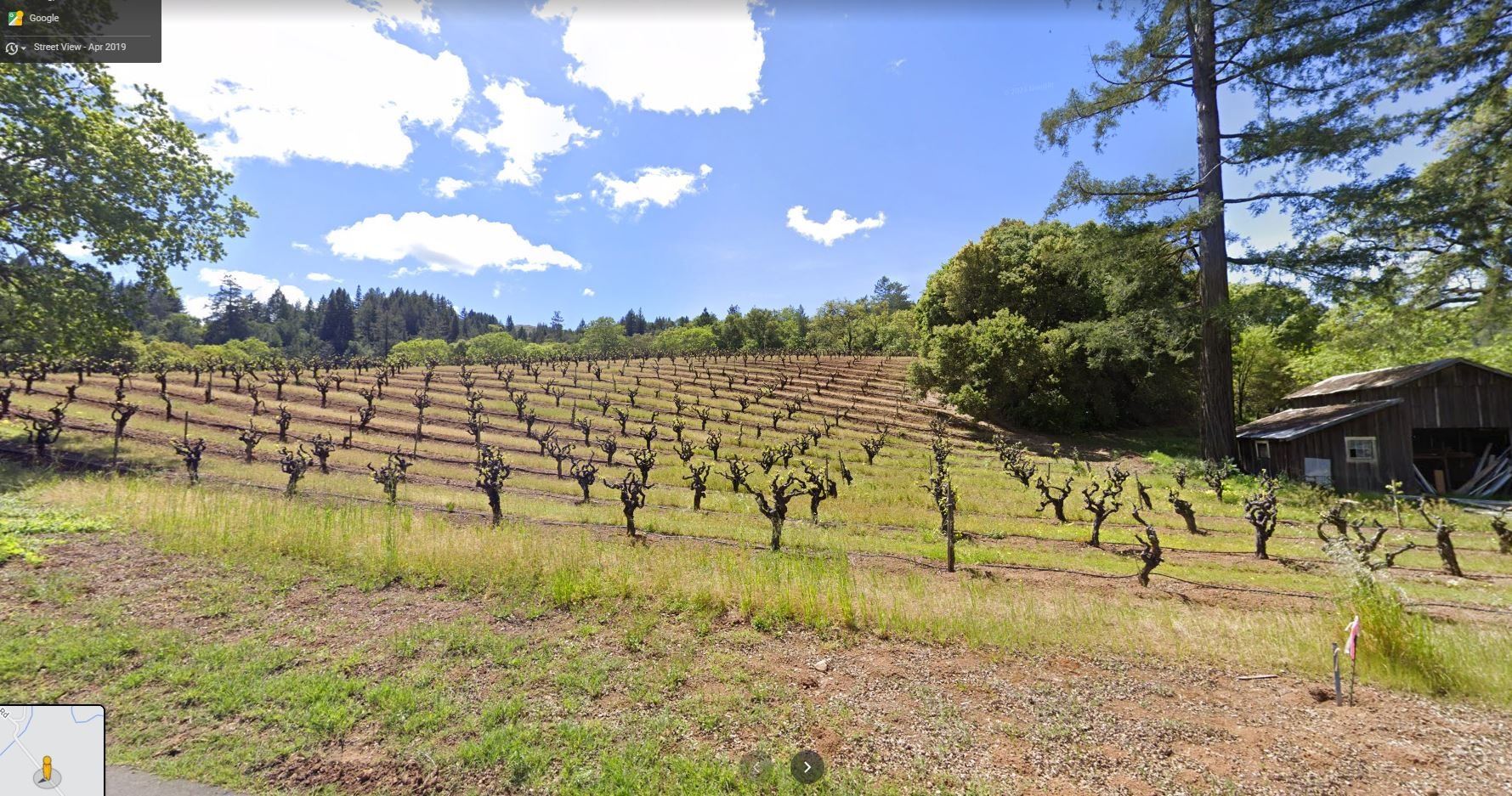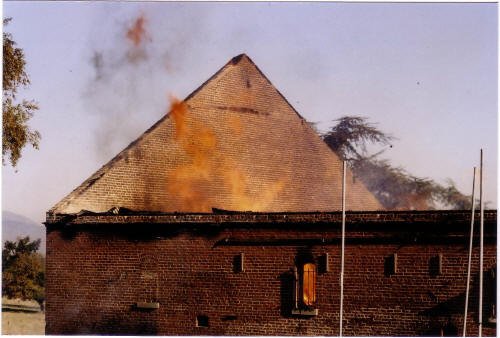Thanks for chiming in!
There was some conflict a few years ago over ownership of the “Grand Pere” name. It presumably has been resolved, but I couldn’t tell you about the details.
Here is an article which includes several of the oldest vineyards in the Sierra Foothills:
The Free Library
Wines & Vines
“Sierra Foothills Zins: Clones vs Terroir in Heritage Vineyard”
by Kenneth Young
January 1, 2006
“…Sierra Foothill Heritage Vineyards”
"Aparicio: On Sutter Ridge six miles east of Sutter Creek, Aparicio Vineyards was planted in 1934. Joe and Iris Aparicio still farm the family vineyard.
"Deaver: Planted in the early 1880s, the 14 acres of gnarly old vines continue to produce 3-4 tons of grapes per acre. Cuttings from Deaver vines were used to propagate many of the older vineyards in the Shenandoah Valley. Deaver Clone bud wood is available from several commercial nurseries in northern California. Deaver Clone on St. George or 110R rootstock is known as a sturdy, warm climate, drought-resistant Zinfandel vine, ideal for foothills vineyards.
"Dal Porto: In the heart of Amador’s Shenandoah Valley, off Shenandoah School Road, the vineyard was planted in the 1920s by the Dal Porto family. About 8 acres of the original vineyards still provide excellent fruit for foothill wineries.
"Eschen: Over the ridge from the Shenandoah Valley is the tiny community of Fiddletown and its unique Zinfandel vineyards. Started as the Esola vineyard in 1913, the original vineyard was lost to phylloxera. The old Eschen vines are now pushing 50 years, but are slowly being lost to the dreaded pest. Eschen fruit goes into several high-end Northern California Zinfandels.
"Ghirardelli: Five generations of Ghirardellis have tended the 100-plus-year-old, head trained, unirrigated vineyard east of Spring Valley in Calaveras County. This vineyard is the lowest in elevation of the heritage vineyards, and is in a hot region (Region 4). Ghirardelli grapes are sold primarily to Calaveras County wineries.
"Higgins: The lone El Dorado County contribution to the heritage selection is the 1-acre Higgins vineyard near Fair Play. The Higgins family planted vines among their fruit trees in 1908, and provided grapes to home winemakers in the foothills. In recent years, Granite Springs was the primary beneficiary of Higgins fruit. Even though the vineyard was pulled out a few years ago, cuttings from Higgins live on in the Oakstone vineyard.
"Lubenko: Across the street from Eschen, the Lubenko vineyard was planted around 1910, and provided cuttings for the original Esola vineyard. The Fiddletown AVA is a bit higher in elevation (1,700 feet) than Shenandoah Valley, and has two different soils. Lubenko is on Sites Series soil derived from schist and brownish in color. Eschen is on Shenandoah sandy loam from decomposed granite with a reddish color. Sobon Estate now owns Lubenko vineyard, which provides grapes for its Fiddletown Zinfandel.
"Steiner: The 2-acre vineyard was originally planted in the early 1970s from cuttings taken from the famous original Grandpere vineyard, just across Steiner Road. Located in northeastern Shenandoah Valley, original Grandpere is thought to be the oldest surviving Zinfandel vineyard in Amador County. Probably planted in the late 1860s or early 1870s, the former 9-acre Downing Vineyard continues to produce 3 tons per acre, as does the offshoot Steiner Vineyard now owned by the Deaver family.
“Upton: Sadie Upton’s 6-acre Zinfandel vineyard was planted in 1922. Located on the north side of Shenandoah Valley, Upton fruit goes into several Amador County Zinfandels including Karly Sadie Upton Zin. Sadie has passed on, but the family still owns and carefully farms the precious old vines…”.
